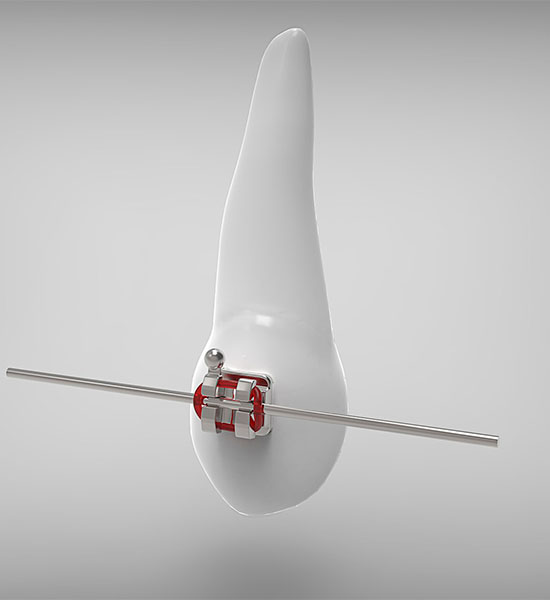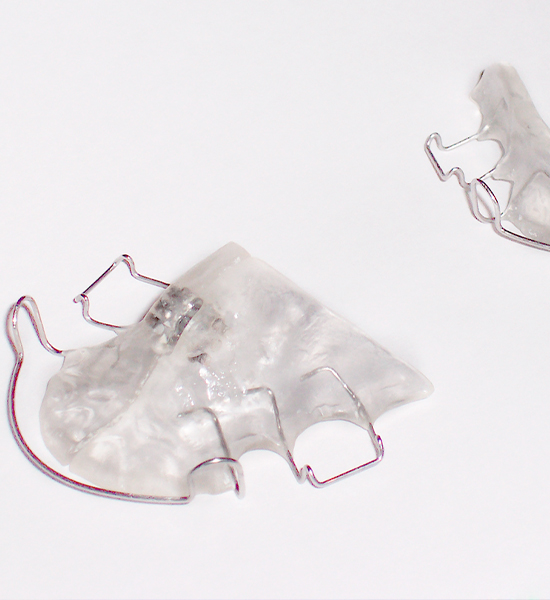It is an orthodontics formed by
the combination of brackets, metallic or ceramic elements
glued to the teeth and metal arches. Fixed braces have the
capacity to individually move each tooth in any direction,
which is not the case with other braces.
These braces are recommended in
cases where there is tooth malposition, rotated teeth, to
close spaces, and all kinds of movements at the same time.
The brackets can be visible, like
the metallic ones, or esthetic like the ceramic ones that
are translucent or transparent and stick to the outer
surface of the teeth taking their color. They can be placed
on the external or internal side of the tooth (lingual
orthodontics).







